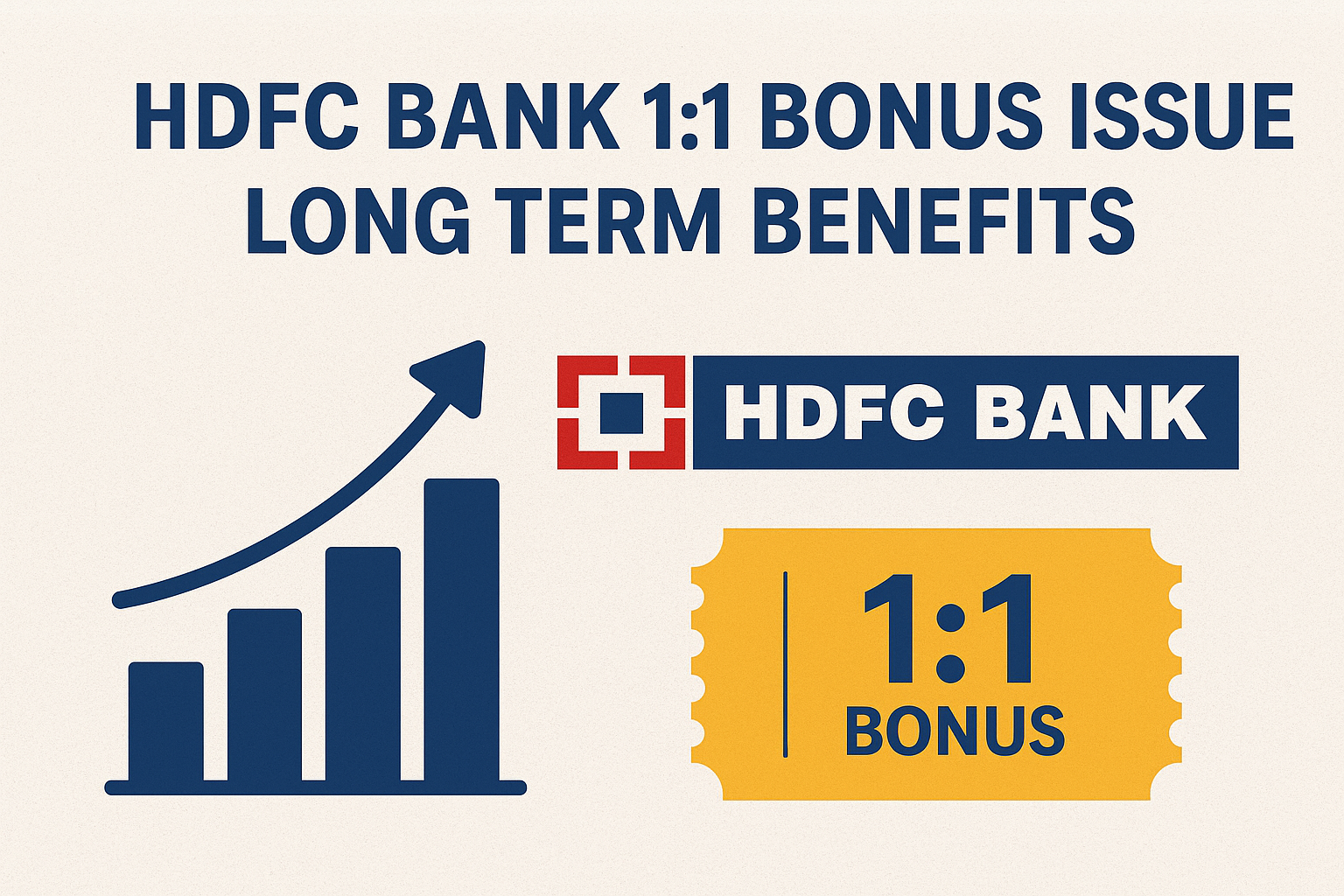Posted inInvestment & Savings Stock Market
In today’s ever-evolving financial world, investors are constantly searching for reliable, low-cost, and long-term investment options. Index funds have emerged as one of the most popular choices—especially for beginners and…
Posted inFinancial Literacy Mutual Fund Stock Market
The Beginning: A Middle-Class Boy With Big Dreams Born into a middle-class family, I had one goal – to build a life better than the one I saw growing up.…
Posted inMutual Fund Stock Market
Why I Used to Hate Mutual Funds Back in 2009, I had a myth rooted deep in my mind—mutual funds give lesser returns than direct stocks. I was convinced that…
Posted inStock Market Investment & Savings Mutual Fund
Creating an investment portfolio that not only generates returns but also manages risk effectively is a fundamental aspect of successful investing. A well-structured investment portfolio takes into account an investor's…





